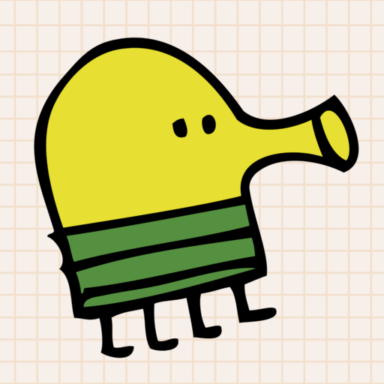A couple of months ago, we published the concept of the Agile Practitioner Mesh. Since that time, we have used the Mesh to connect within our company, grow our expertise, exchange interesting pieces of knowledge, and learn from each other.
We wanted to take things one step further since there was interest in the underlying concept of the Practitioner Mesh, and we did not want to give the impression this Mesh is only available for the agile community.
Because of that, we are happy to release today a more abstract version of the Mesh, calling it the Lean Practitioner Mesh Framework Guide V1.0.
Lean Practitioner Mesh Framework Guide V1.0
The Lean Practitioner Framework, created by agile practitioners, allows an interactive exchange between individuals on specific topics, especially in environments where a Community of Practice is hard to set up and a tribe setup is not possible. Reasons for this could be heterogeneous knowledge, individual products with different working styles, or other impediments in stark contrast to product-driven organizations. The framework builds on the initiative of individuals and is inspired by Sociocracy and the Agile Manifesto.
Goals
- To have interactions with individuals and connect strongly with them
- To foster personal growth and learning
- To create topic-specific discussions
- To get inspiration and inspire others to solve problems
- To set up meetings in regular intervals plannable meeting points
The Lean Practitioner Mesh is usually topic-based, e.g. focusing on Agile, DevOps, Security, or Leadership. Its goal is the informal exchange of experiences, learnings, and challenges in day-to-day work life. The Lean Practitioner Mesh has no administrative overhead and consists of Nodes.
Nodes
Definition
The Lean Practitioner Mesh consists of meetings between motivated individuals, usually in groups of 2 to 3 people. Those meetings are called Nodes to underline that there can be from one to many Nodes in a mesh.
Rules
- Every participant is invited to connect with other people to create more Nodes – or to join a Node of 2 people.
- Usually, every participant has at least 2 Nodes they participate in.
- The topic of the discussions should be connected to the overarching theme, e.g. a tech stack, leadership, or agile topics.
- Every discussion in the Node is generally open to share in other Nodes unless one of the participants opts out of this for specific discussions.
- A Node should not hold more than 3 people to foster communication, lively exchange, and high participation rates.
- Node meets should be set to happen every one to four weeks, depending on the current situation. Usually, the iteration cycle changes with the need to consult each other.
- The length of the Node meets should be from 30 to 60 minutes.
- The Node meeting should be made transparent with the team leads or other managers.
- No reporting is expected after the meeting, e.g. artifacts, meeting notes, or anything else.
- A new Node could consist of experienced colleagues talking on a specific topic, of a mentor-mentee relationship, of individuals in different departments, etc.
Mesh
Definition
The mesh itself consists of loosely coupled Nodes that share a common topic. In practice, this means, that one individual from one Node is meeting with other people from another Node. One individual would usually be at least part of two Nodes. Usually, a mesh is focused on a specific topic, e.g. DevOps. There might be multiple meshes in an organization.
An example setup of a Lean Practitioner Mesh which has grown a bit could look like in the following picture, where Node “1“ was the first Node being set up. Every circle is an individual.
-
![]()
Node structure of the Lean Practitioner Mesh
Rules
- The Mesh grows on initiative by the participants, by connecting with other people, and, for example, by sharing the Lean Practitioner Framework Guide. There is no central administration.
- The Mesh can be made transparent by collecting individual interactions – not in regards to meeting notes – e.g. on a Wiki page. This depends on the needs of the business and the individuals.
- The Mesh is not a place to update a group of people about business developments. Other ways of communication, like email, chat apps, or Town Halls, are more suitable for this.
- A specific Node might never know what is being discussed in another Node 3 relations away, and that is completely fine.
(cc3.0-by-sa) inovex GmbH / Tobias Maasland


